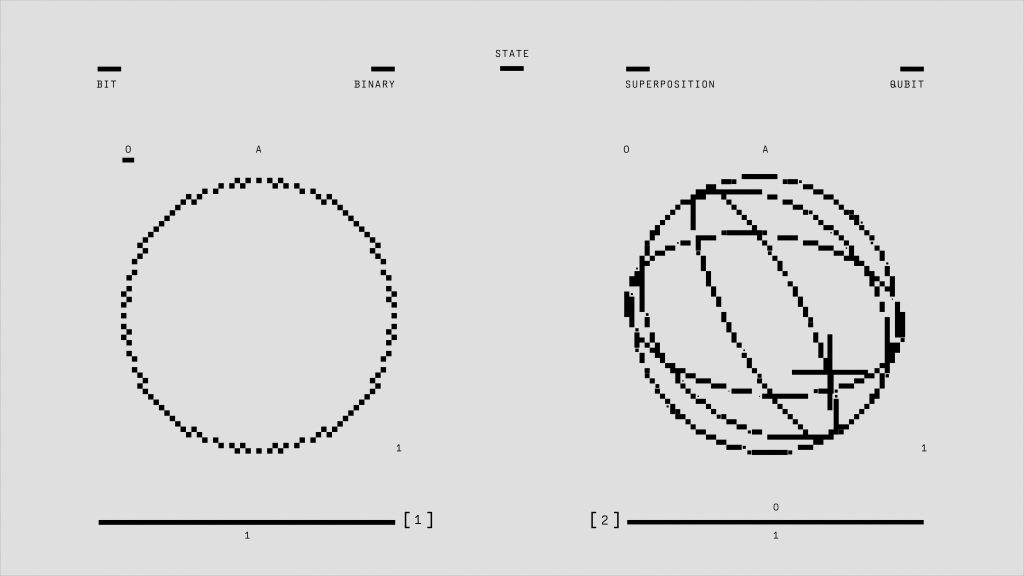Understanding the PS/2 Port on Older Graphics Cards
While rummaging through my grandfather’s collection of old computer components, I stumbled upon a vintage graphics card that piqued my curiosity. One notable feature of this card is a PS/2 port, which raises an interesting question: what was the intended use of this port, and why was it included on graphics cards of that era?
The Legacy of the PS/2 Port
The PS/2 port originally gained popularity in the 1980s as a standard interface for connecting keyboards and mice to computers. As technology evolved, the relevance of this port diminished, eventually being replaced by USB connectivity. However, during its peak usage, it provided a reliable and straightforward way to connect peripheral devices, and its presence on a graphics card serves to highlight the integrated nature of components in older systems.
Why Include a PS/2 Port on a Graphics Card?
The integration of a PS/2 port into a graphics card can be attributed to the design philosophies of the time, which often emphasized versatility and flexibility. In some cases, the port was used for connecting a mouse directly to the graphics card for improved performance, allowing for more efficient communication between the two devices. This was particularly useful in gaming and graphic-intensive applications, where every millisecond of response time counted.
Identifying the Graphics Card
If you’re looking to identify the specific model of this graphics card, there are a few key steps you can take. First, check for any identifying labels or serial numbers printed on the card itself. Additionally, you might consider researching the manufacturer and model number, which can often be found through a quick online search. Many online communities and forums dedicated to vintage computing can also provide insights and assistance in identifying old hardware.
Conclusion
Finding and examining components like this graphics card not only provides a glimpse into the technological advancements of the past but also allows us to appreciate the evolutionary journey of computer peripherals. If you come across similar artifacts in your own explorations, take the time to investigate—they often hold fascinating stories and valuable lessons from the world of computing.
If you have any insights about this specific graphics card or additional information about the use of the PS/2 port in older systems, feel free to share your thoughts in the comments!
Share this content:




Thanks for sharing this interesting article! The PS/2 port’s presence on older graphics cards is indeed a fascinating aspect of vintage computing hardware. Historically, some graphics cards included a PS/2 port to facilitate direct mouse connections, which could help reduce input lag and improve responsiveness, especially in gaming or graphics-intensive applications of that era.
It’s also worth noting that during the time when these cards were manufactured, integrating multiple functionalities into a single component was a common design approach aimed at conserving space and improving system performance. In some cases, the PS/2 port on the graphics card was used for system management or BIOS utility access, although this was less typical.
If you’re trying to identify this specific graphics card, consider inspecting the card itself for model numbers or manufacturer labels. Cross-referencing these details online or posting in vintage hardware communities can yield more precise information.
Should you have any further questions about vintage hardware or need assistance with identification or troubleshooting, please don’t hesitate to reach out. We’re happy to help you explore and preserve these fascinating pieces of computing history!